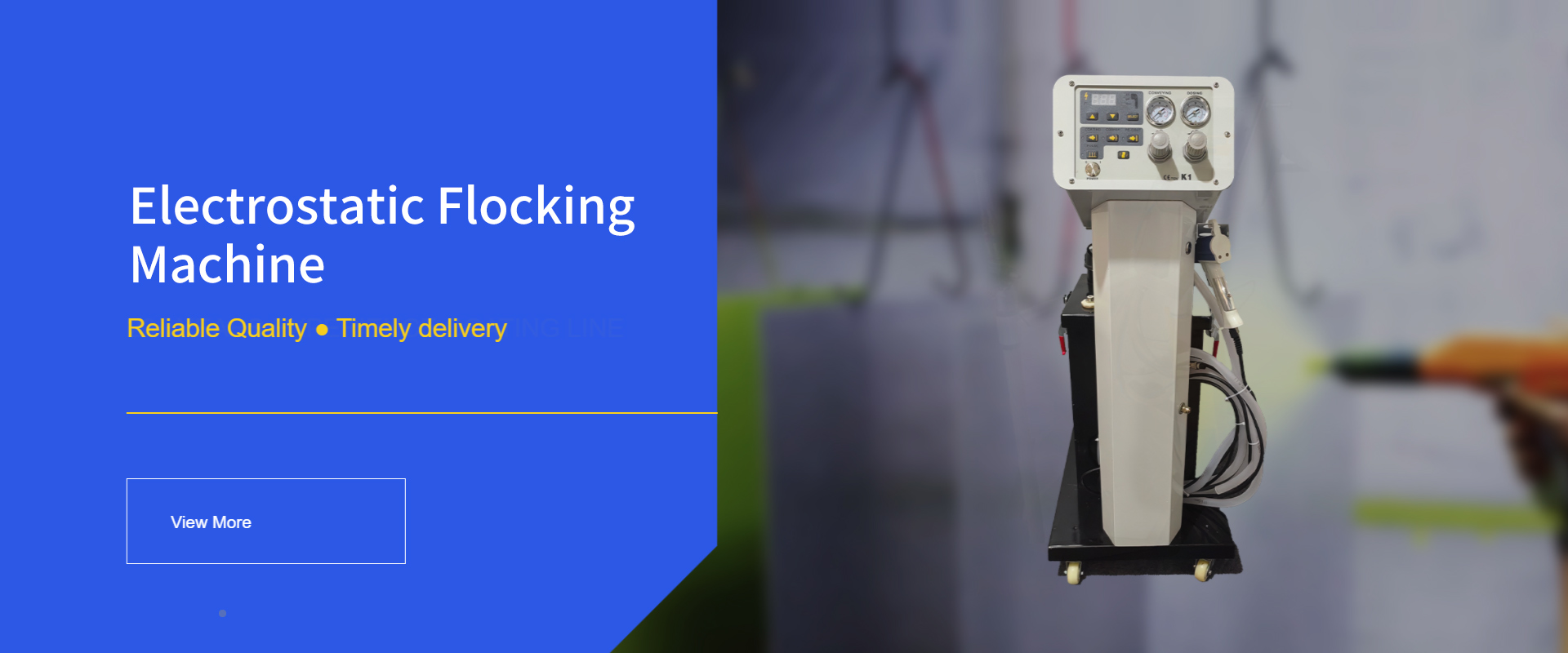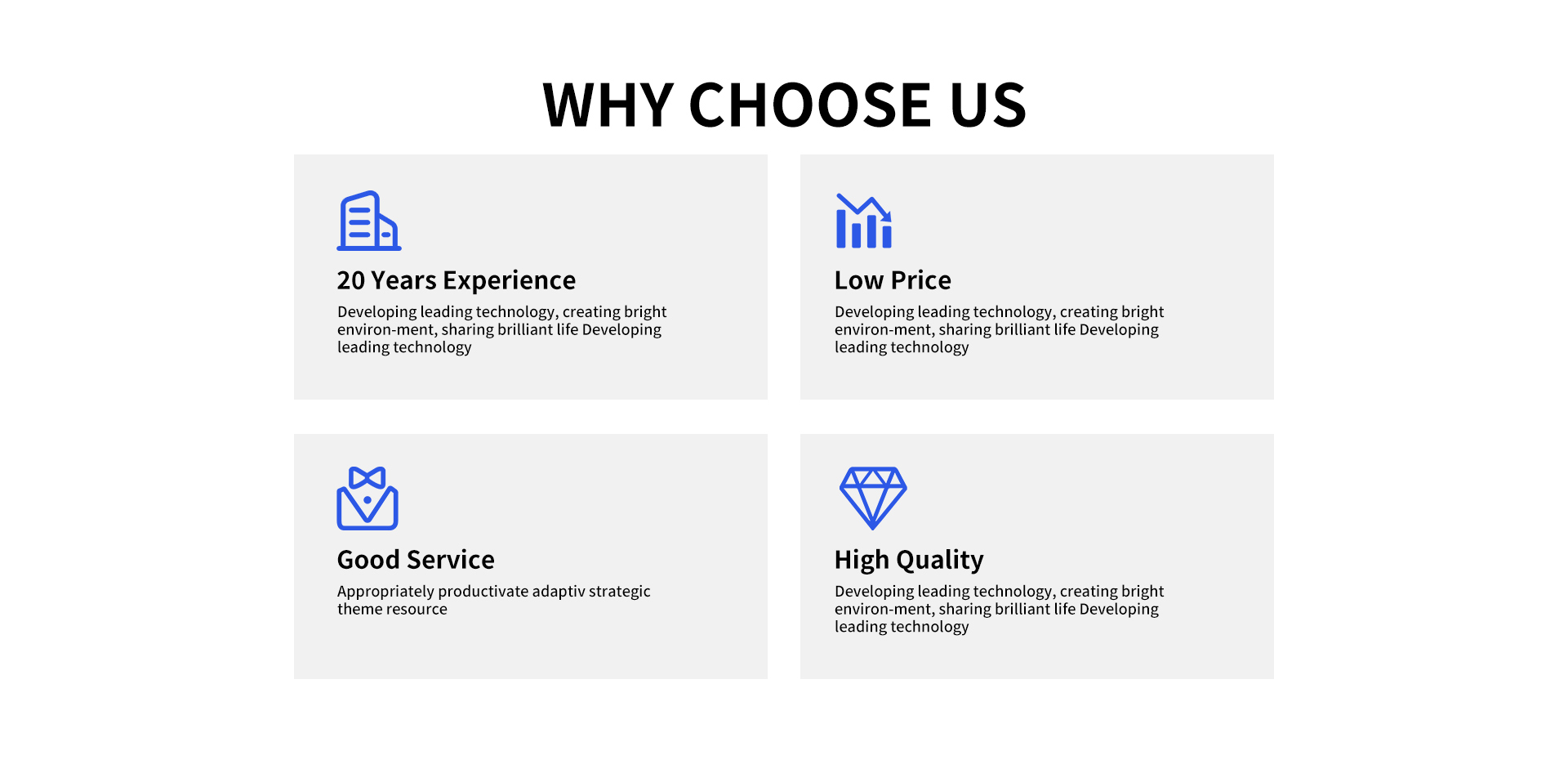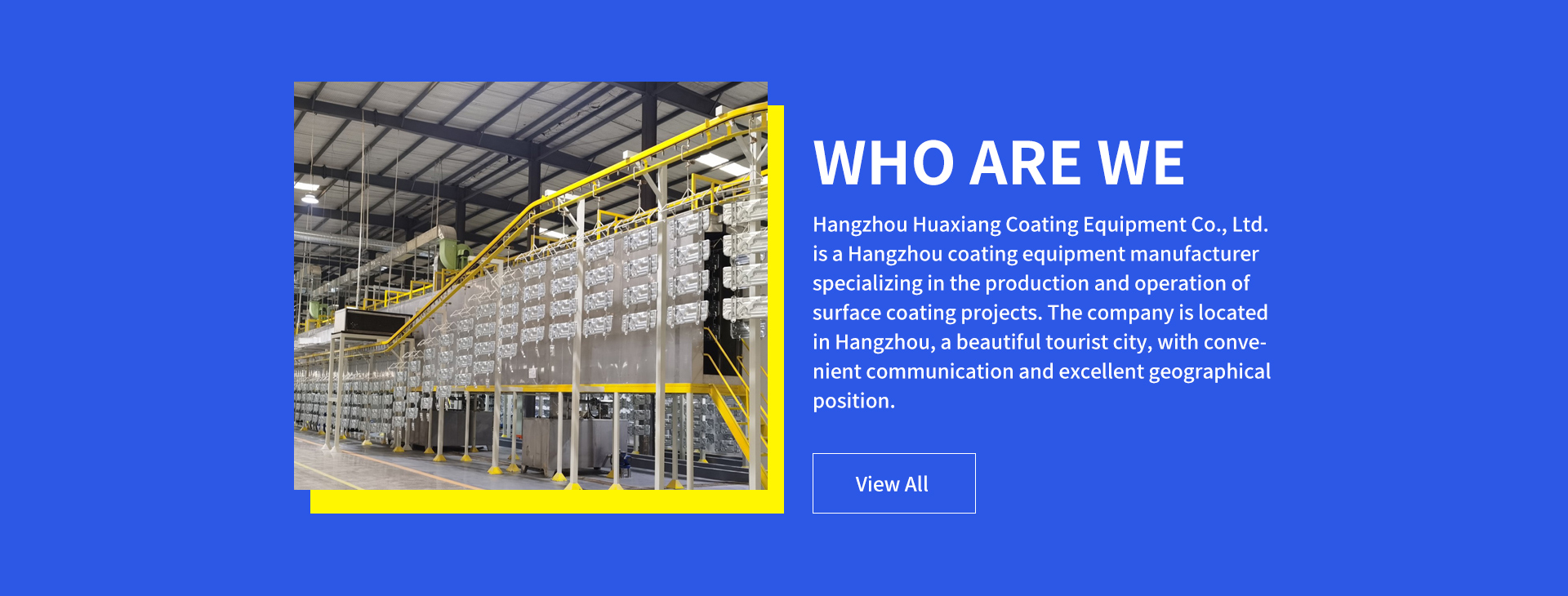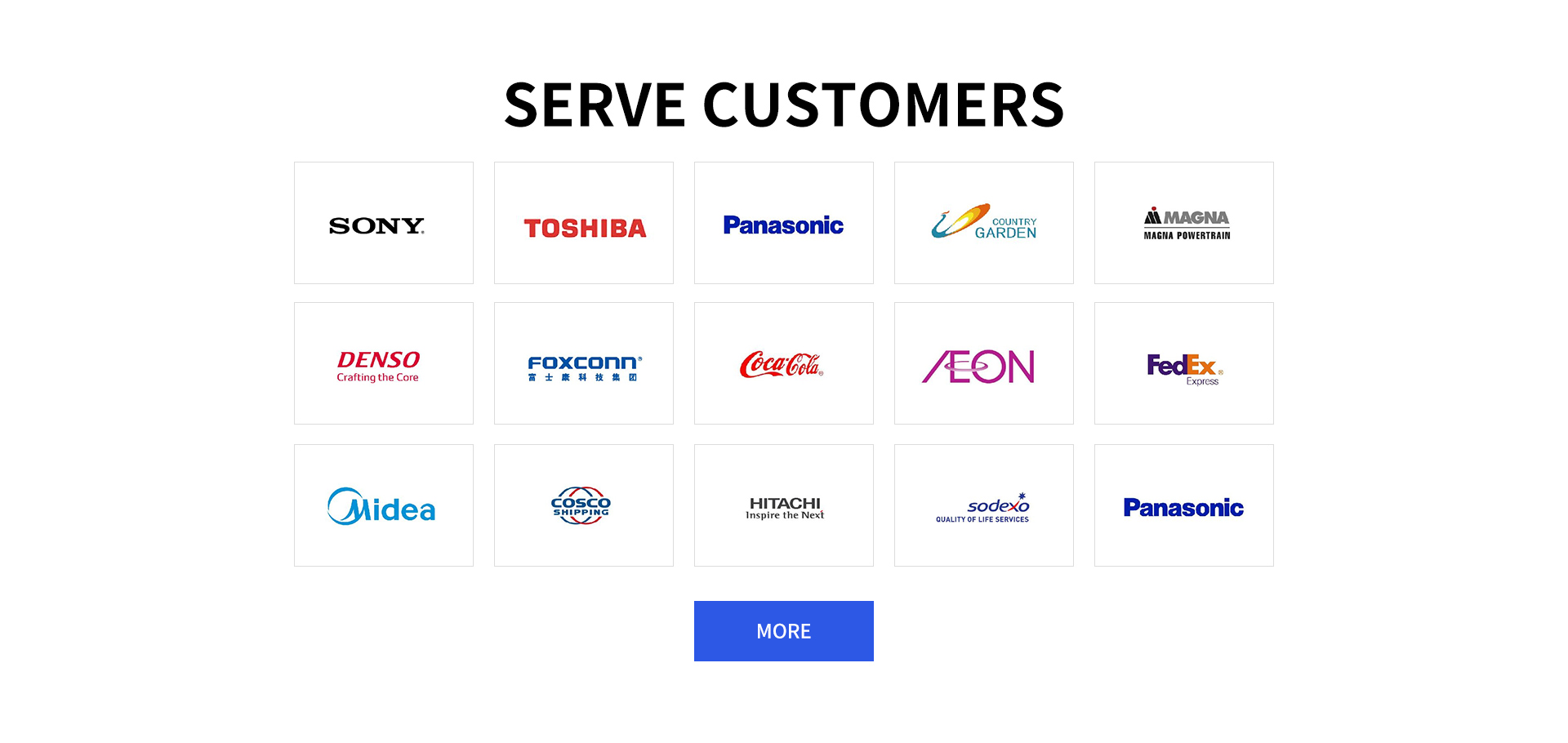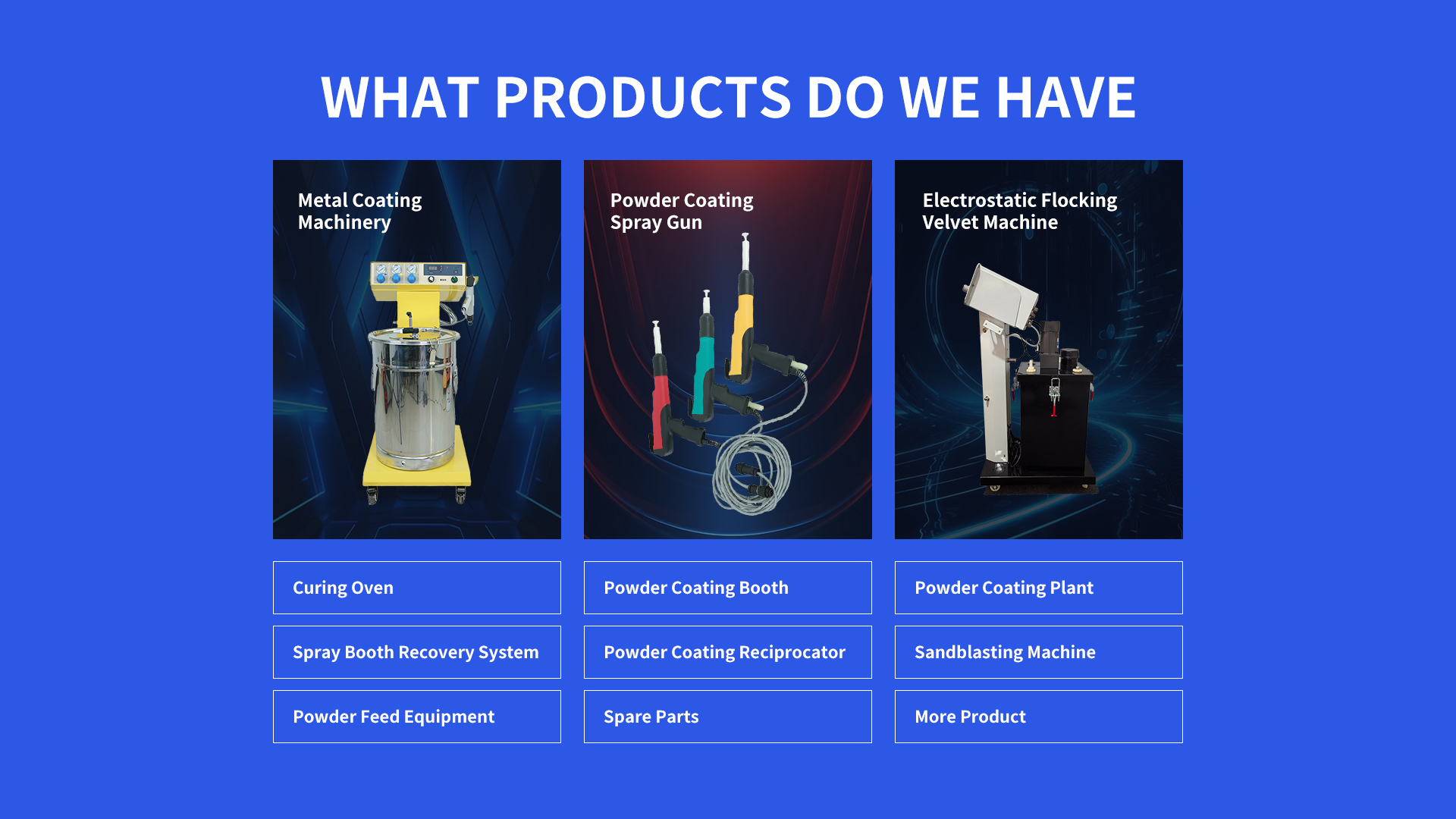Fluidized Bed Powder Coating Machine: Uniform Coating Solutions for Industrial Use
The Fluidized Bed Powder Coating Machine market serves industries needing thick, even coatings. Demand spans metal fabrication and automotive parts. Prices range: small bench - top units start at $3,000, while large industrial systems exceed $50,000, based on capacity and automation.
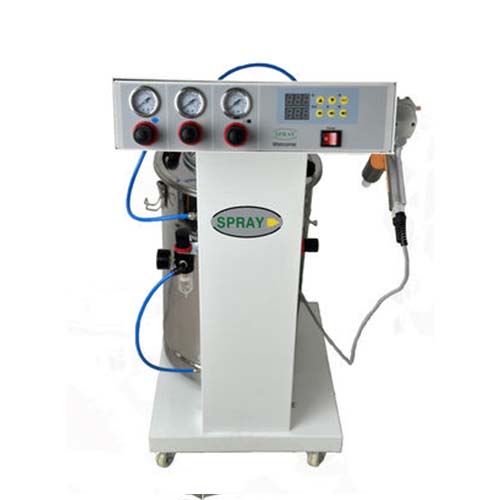
Fluidized Bed Powder Coating Machine excel in projects requiring thick, consistent coatings. Metal fabricators use them to coat steel pipes and structural beams, ensuring corrosion resistance for outdoor use. Automotive suppliers coat suspension parts and brake components, where a durable, uniform layer is critical. Hardware manufacturers rely on these machines for coating nuts, bolts, and fasteners, enhancing their strength and longevity. Even aerospace workshops use them for small metal components, where precision coating is vital for performance.
Fluidized Bed Powder Coating Machine use a unique surface treatment process. First, the workpiece is preheated to a specific temperature (typically 300–400°F). The machine’s bed contains powder coating material, which is fluidized by forcing compressed air through a porous membrane at the bottom of the bed. This air flow causes the powder to behave like a liquid. The preheated workpiece is then dipped into the fluidized powder; the heat melts the powder, which adheres to the surface, forming a smooth, thick coating. After dipping, the coated item is cured in an oven to harden the finish, ensuring durability.
Fluidized Bed Powder Coating Machine are industrial devices that apply powder coatings using a fluidization process. Unlike spray systems, they use a bed of powder made “fluid” by air flow. Workpieces are preheated and dipped into this fluidized powder, which melts and bonds to the surface. These machines are designed to create thick, uniform coatings—ideal for parts needing heavy - duty protection. They come in batch and continuous models, serving small workshops to large production lines.
Fluidization Bed: A enclosed chamber holding the powder. Its base has a porous plate or membrane that allows air to pass through, fluidizing the powder. The bed’s size varies—small beds handle bolts, while large ones accommodate pipes. It keeps powder evenly distributed for consistent coating.
Air Supply System: Includes a compressor, regulator, and filters. The compressor provides air at controlled pressure (5–15 psi) to fluidize the powder. Regulators adjust airflow to maintain optimal fluidization, and filters remove moisture and debris to prevent clumping in the powder.
Heating Unit: Preheats the workpiece before dipping. It uses electric heaters or gas burners to reach precise temperatures, ensuring the powder melts and adheres properly. Some machines integrate the heating unit with a conveyor system, moving workpieces through preheating, dipping, and curing stages efficiently.
Fluidized Bed Powder Coating Machine offer key benefits. They produce thick coatings (50–200 microns) in one pass, reducing the need for multiple applications. Coatings are highly uniform, even on complex shapes with crevices, as the fluidized powder reaches all surfaces. These machines are efficient, with minimal overspray—unused powder is reused, cutting waste. They work with a wide range of powders, including epoxies and polyesters, adapting to different material needs. Additionally, the process is fast, making it suitable for high - volume production.
When choosing a Fluidized Bed Powder Coating Machine, match the bed size to your workpiece dimensions. For small parts like screws, a bed 12x12 inches works. For pipes up to 6 feet long, opt for a bed 4x6 feet. Consider production volume: batch machines suit low - volume work, while continuous models with conveyors handle high output. Check airflow capacity—larger beds need higher CFM (cubic feet per minute) compressors to fluidize powder evenly. Also, ensure the heating unit reaches the required temperature for your powder type (epoxies need lower temps than polyesters).
Operating a
Fluidized Bed Powder Coating Machine safely requires strict measures. Wear heat - resistant gloves and face shields to protect against hot workpieces and powder contact. Ensure the workspace is well - ventilated to disperse powder dust, which can be combustible. Keep fire extinguishers nearby and avoid open flames near the machine. Inspect air hoses for leaks regularly—compressed air can cause injuries. Never reach into the fluidized bed while it’s operating, and let workpieces cool before handling. Follow lockout - tagout procedures when cleaning or maintaining the machine.
Maintaining a Fluidized Bed Powder Coating Machine ensures consistent fluidization. Daily, clean the porous membrane at the bed’s base to remove powder clumps—use a soft brush or compressed air. Check air filters weekly; replace them if clogged to maintain airflow. Inspect the heating unit’s elements monthly for damage, replacing worn parts to keep temperatures stable. Lubricate conveyor belts or moving parts quarterly to prevent jams. Calibrate the airflow regulator monthly to ensure pressure stays within the optimal range (5–15 psi) for your powder type.
Poor fluidization in a Fluidized Bed Powder Coating Machine often stems from low airflow—check the regulator and increase pressure slightly (do not exceed 15 psi). If powder clumps, the air may contain moisture; install a desiccant filter to dry the air. A clogged porous membrane can block airflow—remove and clean it thoroughly. Uneven fluidization may mean the powder is too fine; switch to a coarser grade. If issues persist, inspect the air compressor for insufficient output and upgrade if needed.
Controlling coating thickness with a Fluidized Bed Powder Coating Machine depends on workpiece temperature and dip time. Higher preheat temperatures (350–400°F) melt more powder, increasing thickness. Dipping for longer (3–5 seconds) also adds layers—test with sample parts to find the sweet spot. Adjust powder particle size: finer powders create thinner coats, coarser ones build thicker layers. For consistent results, use a temperature gun to monitor workpiece heat and a micrometer to measure coating thickness after curing, adjusting settings as needed.
Statement: Hangzhou Huaxiang Coating Equipment Co., Ltd Chinese Powder Coating Equipment facturers provide you with customized equipment for various types of Powder Coating Lines, Powder Coating Ovens, Powder Coating Booths,Powder Coating Guns, etc. For inquiries! Contact us at
Email: gezx@cncolourspray.com
WhatsApp: +86 13335812068

